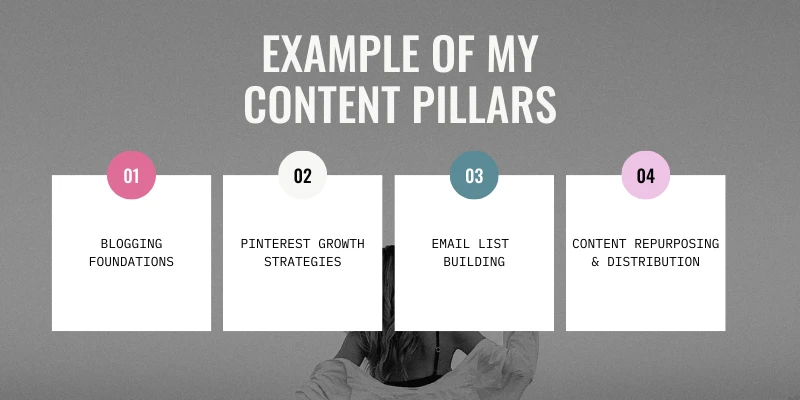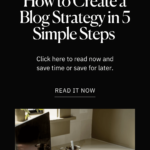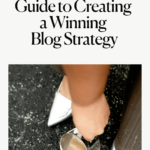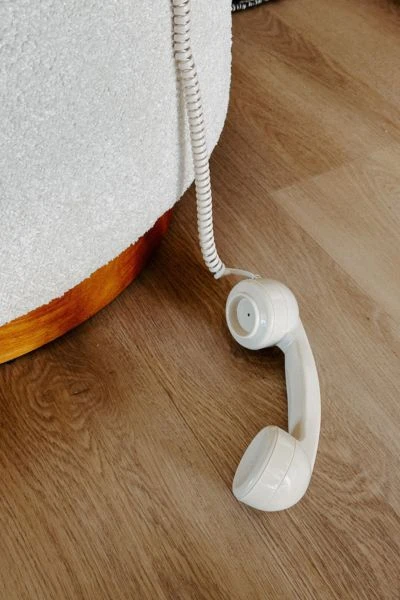Ever stare at a blank screen wondering what to write about? I’ve been there too. When I first started blogging, I’d publish whatever popped into my head that day. The result? Crickets. No comments, no shares, just the sound of my own enthusiasm fading.
Here’s the truth: random posting won’t grow your blog. You need a plan—a blogging strategy that guides what you create, when you publish it, and how you share it. The good news? Creating one doesn’t have to be complicated.
In this post, I’m breaking down exactly how to build a blog content strategy that brings readers to your site and keeps them coming back for more. No fancy jargon, just simple steps you can use today.

What Is a Blog Strategy (And Why You Need One)
A blog strategy is your roadmap for content. It’s the plan that helps you decide what to write, when to publish, and how to promote your posts.
Without a marketing strategy for your blog, you’re just throwing content into the void and hoping someone finds it. With a plan, you’re building a resource that grows your audience over time.
Here’s why having a blog marketing strategy matters:
- It saves you time (no more staring at a blank screen)
- It helps you create content people actually want to read
- It builds your traffic steadily instead of in random bursts
- It turns your blog into a business asset, not just a hobby
How to Create Your Blog Strategy in 5 Simple Steps
1. Know Your Reader Inside and Out
The most common blogging mistake? Writing for everyone instead of focusing on your target audience. When you try to speak to everyone, you end up connecting with no one.
Ask yourself:
- Who needs your help the most?
- What problems keep them up at night?
- What questions do they ask before they make a decision?
- Where do they hang out online?
Don’t skip this step! The clearer you are about who you’re writing for, the easier everything else becomes.
Action Step: Create a simple one-page profile of your ideal reader. Include their age, job, goals, and biggest challenges.

2. Choose Your Content Pillars
Content pillars are the main topics your blog will cover and are crucial when creating a successful blog content marketing strategy. Think of them as buckets that all your posts will fit into.
For example, if you run a fitness blog, your pillars might be:
- Workout routines
- Healthy recipes
- Mindset and motivation
- Fitness gear reviews
Limit yourself to 3-5 pillars. This keeps your blog focused and helps readers know what to expect.
Action Step: List 3-5 content pillars that connect to your expertise and your audience’s needs.
3. Create a Content Calendar (That You’ll Actually Use)
A content calendar doesn’t have to be fancy. It can be as simple as a list of post ideas organized by month. Tools like Trello, Airtable, or even Canva Sheets are a great way to get started.
The key is to plan ahead so you’re not scrambling for ideas at the last minute.
When planning your calendar:
- Aim for consistency (once a week is better than three times one week and zero the next)
- Consider seasonal topics and trends in your niche
- Plan content that builds on itself (like a series that keeps readers coming back)
Action Step: Create a simple content calendar for the next three months using a blog post template for each entry.
4. Build a Promotion Plan
The “publish and pray” approach doesn’t work. You need a plan to get eyes on your content, and this can only be done by sharing your content.
For each post, decide:
- Which social platforms do you share it on
- If you send it to your email list
- How you’ll repurpose it (turn it into Instagram carousels, Pinterest pins, etc.)
- If you use paid promotion
Remember: creating content is only half the battle. Getting it seen is the other half.
Action Step: Create a simple checklist of promotion tasks for each post. Keep it next to your computer so you never forget a step.
5. Set Up Tracking Systems
How will you know if your blog strategy works? You need to track your results and often do content audits.
At a minimum, track:
- Page views
- Time on page
- Source of traffic
- Email sign-ups
- Social shares
Review these numbers monthly and ask: “What’s working? What isn’t? What should I do more of?”
Action Step: Set up Google Analytics on your blog and schedule a monthly date with your data.
Common Blogging Strategy Mistakes to Avoid
Mistake #1: Too Many Topics
One of the mistakes bloggers often make is trying to write about everything, and you become known for nothing. Stick to your pillars and become the go-to source for those specific topics.
Mistake #2: Inconsistent Publishing
Your readers need to know when to expect new content. Pick a schedule you can stick to, even if it’s just twice a month. Use an editorial calendar to help you plan content.
Mistake #3: No Call to Action
Every post should ask readers to take the next step—whether that’s signing up for your email list, leaving a comment, or checking out a product.
Mistake #4: Ignoring SEO
Search engines can bring steady organic traffic to your blog. Learn the basics of SEO, do your keyword research, and use these keywords naturally in your posts.
Mistake #5: No Plan for Old Content
Your old posts can work hard for you! Update them regularly with fresh info and re-share them with your audience.
Final Thoughts: Your Blog Strategy Is a Living Document
The best blog strategies evolve. As you learn more about your audience and what they want, adjust your plan to match.
Start with the framework I’ve given you, but don’t be afraid to change direction if something isn’t working. The goal isn’t to stick to a plan—it’s to grow a blog that connects with readers and helps you reach your goals.
Remember: the perfect blog strategy is the one you’ll actually use. Keep it simple, stay consistent, and watch your website traffic grow.
Thinking About Starting a Blog?
Grab my FREE step-by-step guide on “How to Start a Blog in 2025” and launch your blog the right way!








0 Comments